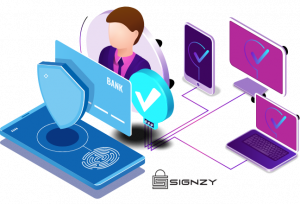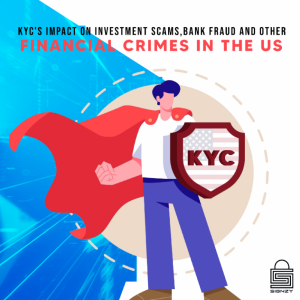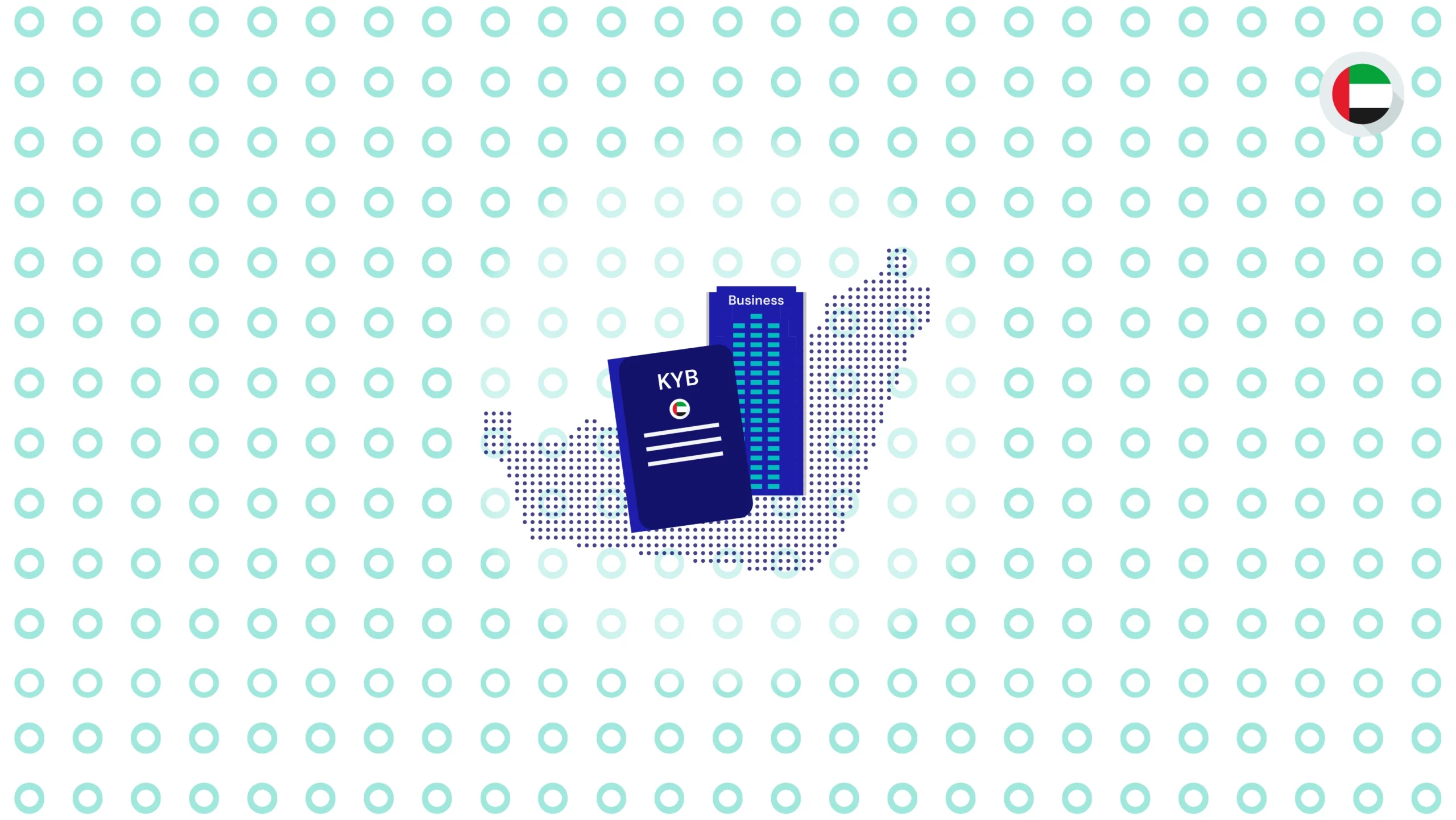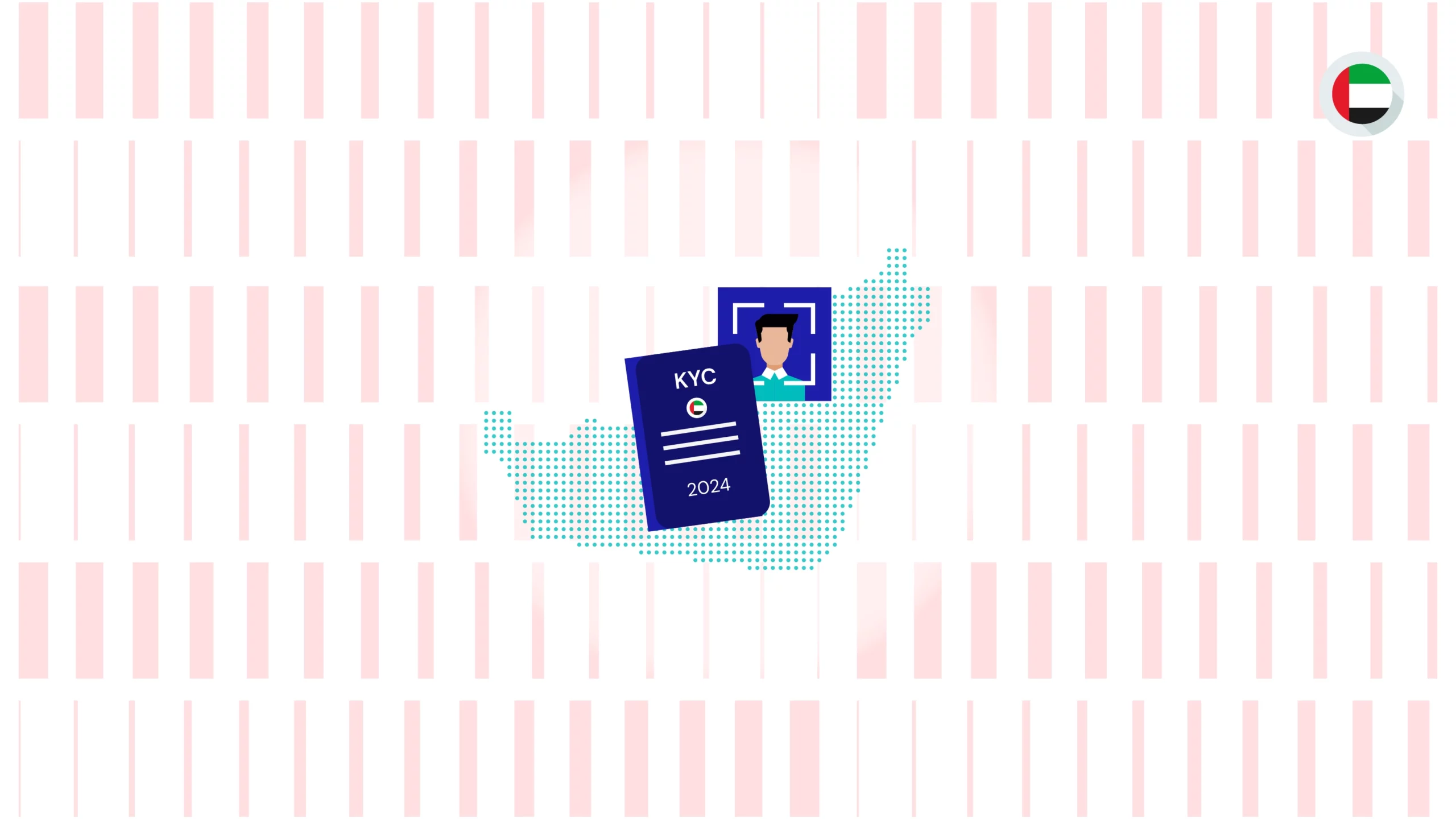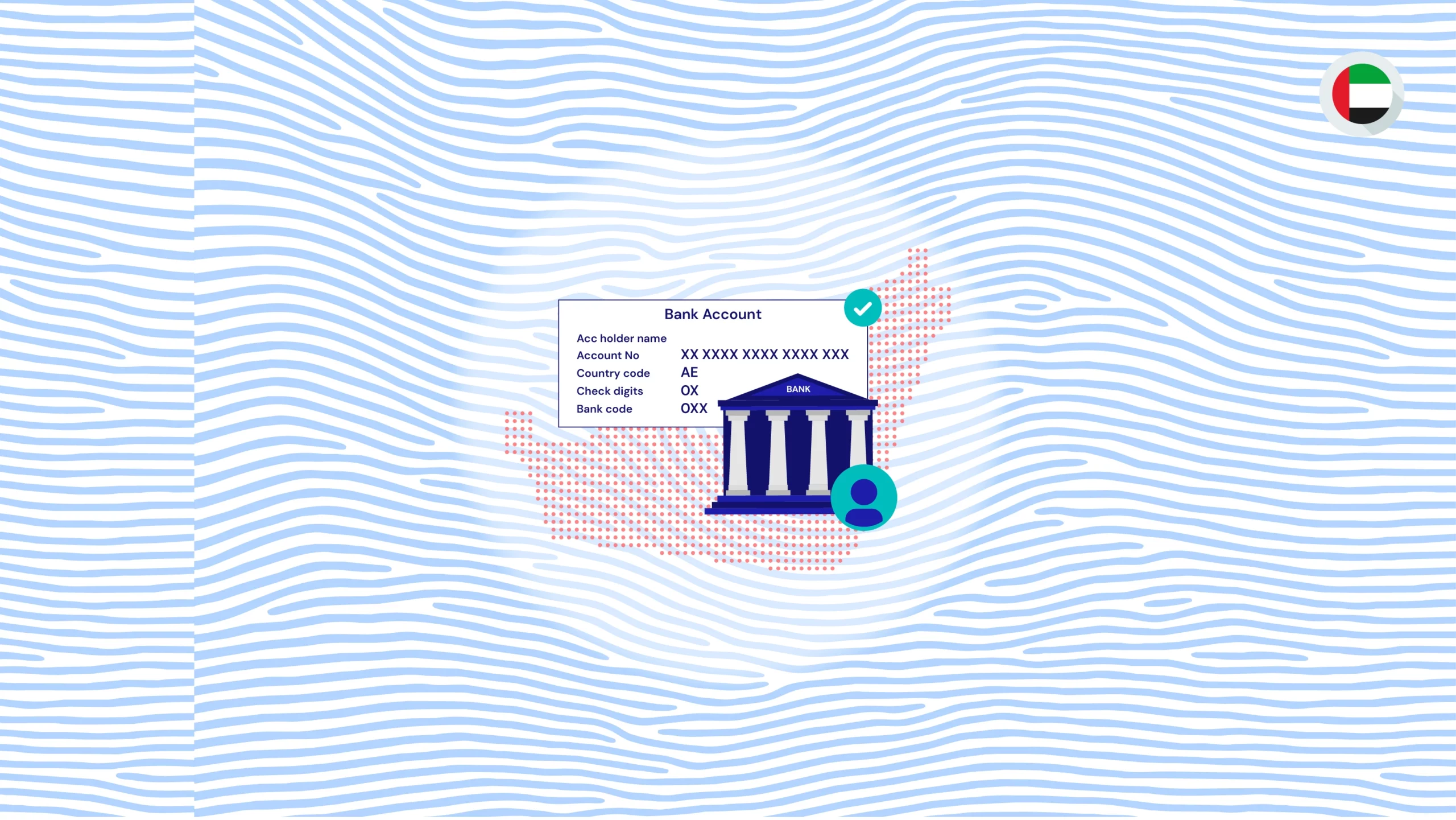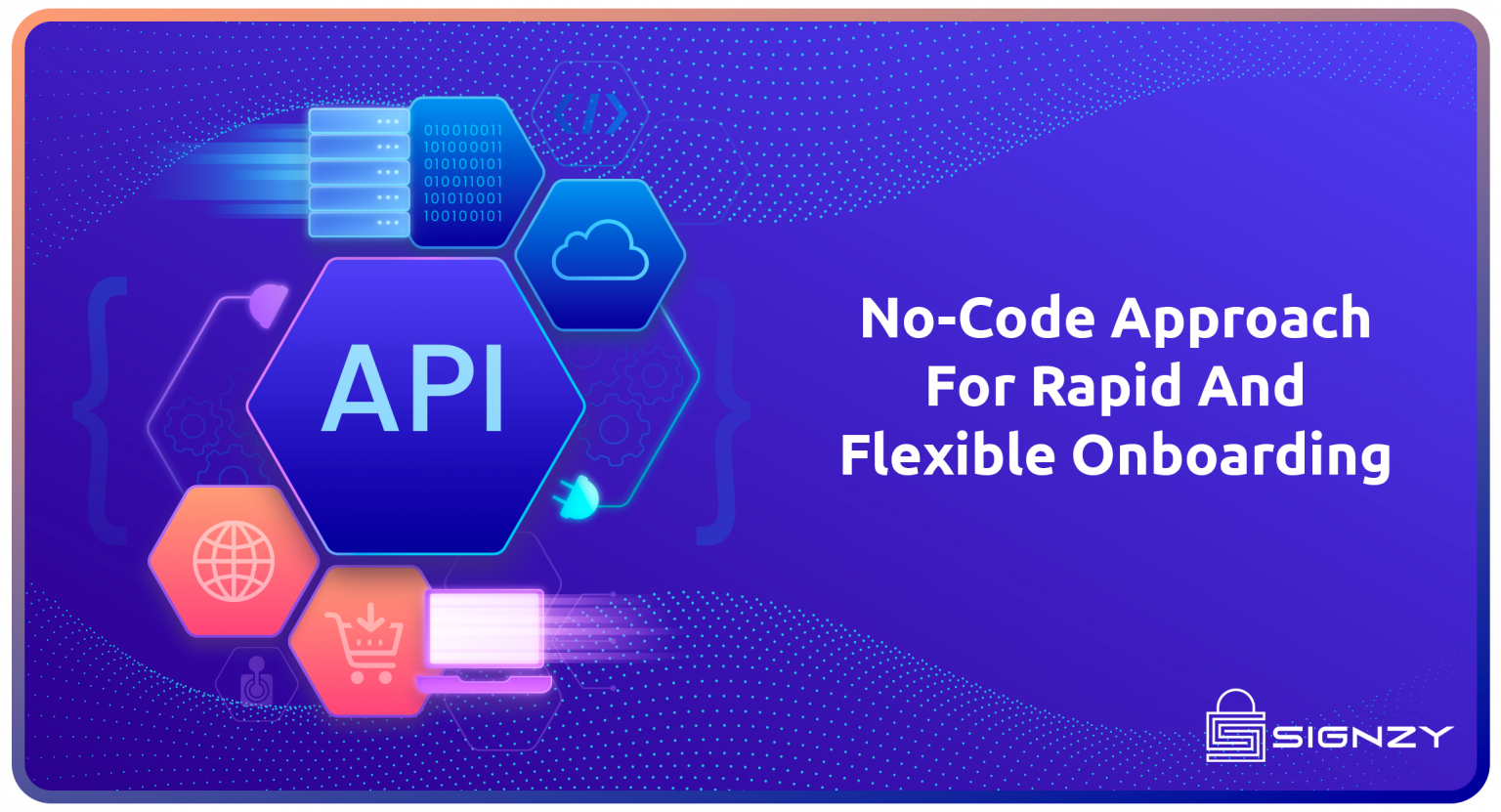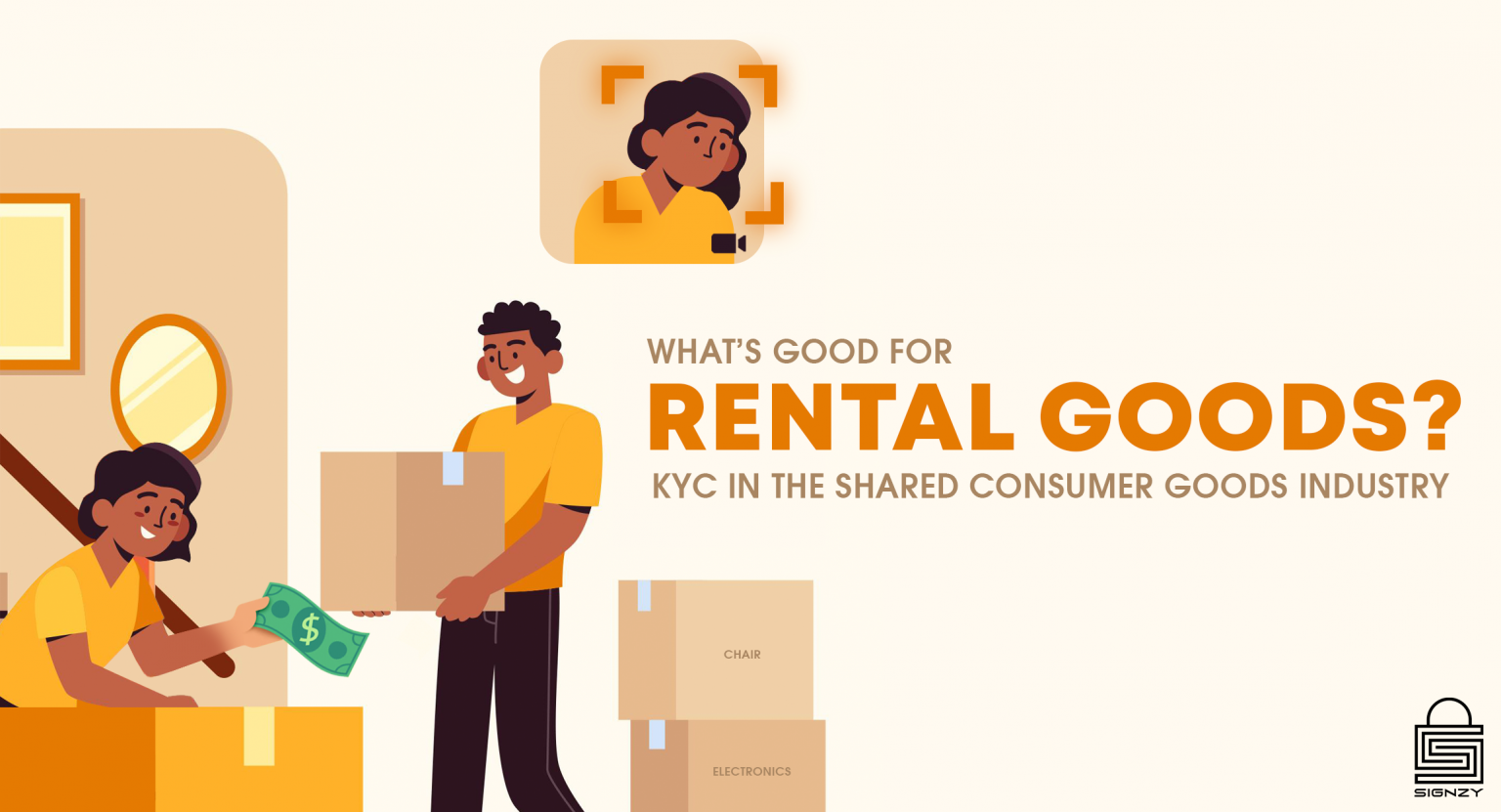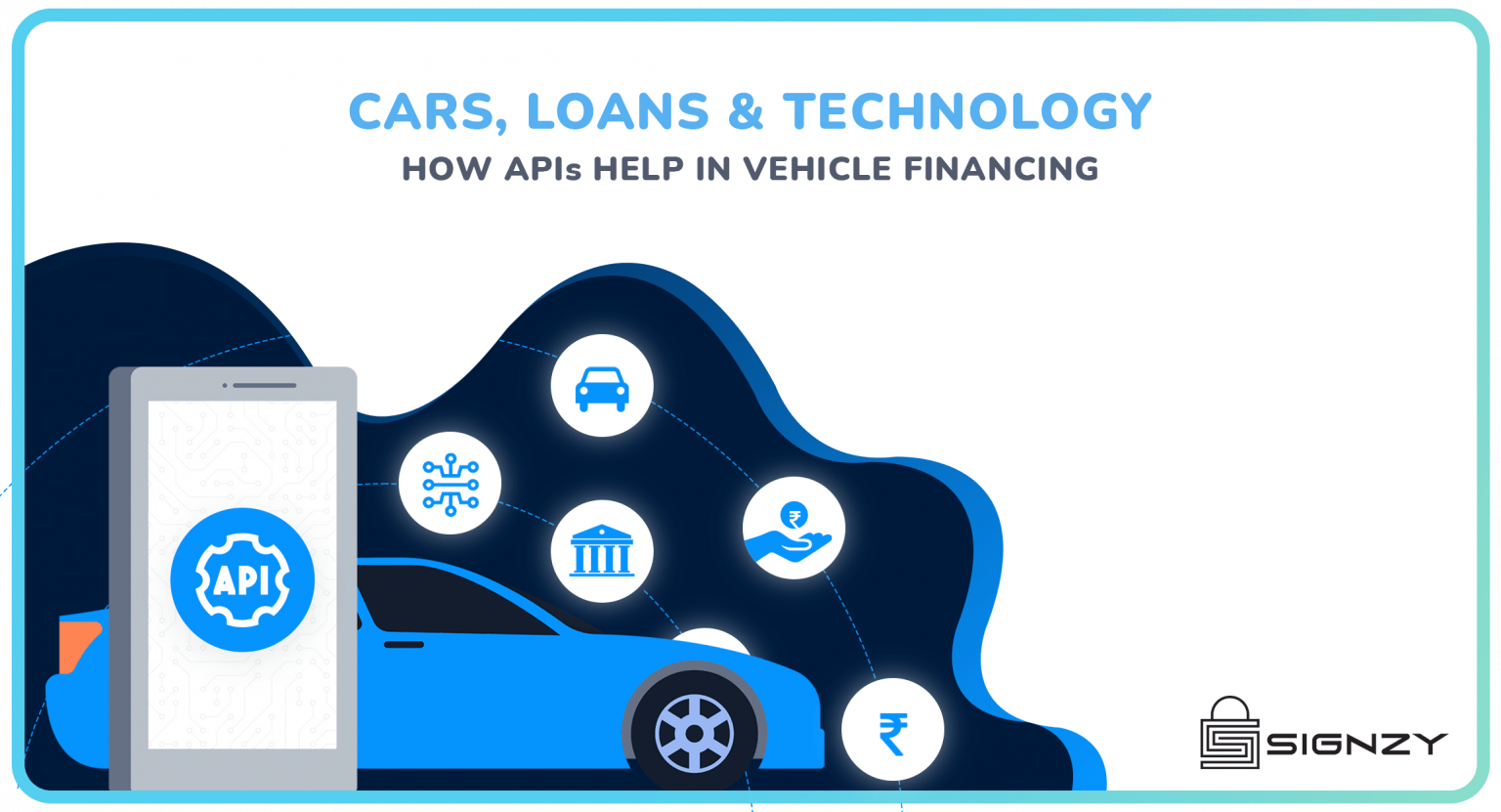Digitization has transformed the way customer onboarding was done. With online video KYC, banks are now able to reduce customer friction and automate the onboarding process. Let’s dive deeper to understand more about video KYC
You may already know, but ‘KYC’ short for ‘Know Your Customer,’ coming from the conventional investment world, with ‘detailed information from investors and banks about risk appetite, investment expertise and financial position for their clients.’ For the case, Banks complete this KYC strategy at the Time of opening of a bank account. The bank additionally must keep on upgrading the KYC of each client with Time. KYC formally came into existence in India in 2002. RBI also directed the banks to be compliant with the KYC Master circular by Dec 2005.
Though digitization started quickly, we had a long way to go.
What is Video-KYC? And Everything You Should Know About It
Traditionally, either consumer, or the bank has to be present physically in front of each other. With the acceptance of digital methods in practice, IPV still alluded the customers. Other digital methods restricted the per annum transaction to a certain extent. Right before the COVID mayhem, RBI formally introduced online video KYC as a valid method of onboarding the customers.
Through a video call, the client can straightforwardly chat with a Financier, give all the personality records to confirm who they are, and finish the account opening steps in many minutes. The Video KYC helps you remotely link customers without the need for a physical “IPV” test. A bank officer reaches individuals through a live video call, and they ought to submit identity confirmation virtually in the Video KYC process.
It is also referred to as Video KYC, Digital KYC, or Visual Customer Identification (V-CIP). The recently allowed video-KYC guarantees to supplant the out-dated KYC framework totally, with clients now not required to follow it up with physical confirmation of documents. When both identity and record is confirmed, the outcomes are sent to the back-office. Along with it, Video KYC lets you open an account immediately or take out a loan too.
Future of Video KYC (and finance)
Components like reliability and versatility of Video KYC arrangements have been most talked about and talked about. Online video KYC can prove to be a hassle-free norm in the future even after the battle of COVID-19 too. KYC Video could be a significant benefit to investors, pre-paid wallet players, insurance firms, private and public banks, financial securities, and non-banking entities.
It is a safe way of achieving a clean consumer base for the banking industry and particularly Fintech companies. KYC is the first step in this process, and we hope that will bring you to us as your Video KYC solution partner and be a significant move towards the customer.
Who is offering Video-KYC?
1. The banks said in their press releases that RBL bank and IDFCFirst bank launched video KYC for the opening of savings bank accounts and that IndusInd bank has enabled KYC for the opening of savings accounts and has tied up BankBazaar for applicants for credit cards.
2. According to Deepak Sharma, the video feature of KYC will have its learning curve, chief digital officer Kotak Mahindra Bank. “This offers the user the ability to receive a restricted KYC account that can be transformed into a full KYC account due to network problems or records.
3. And many many more have started using it by Sep 2020. In fact, vendors are even getting replaced while I am writing this.
How Can Video-based KYC Be Beneficial For India?
Why is V-KYC such a big deal? The brief reply is that it serves as a reliable software for social distancing. The recent outbreak of social distance may have been alarming, and our daily financial activities could have been limited. There’s some good news here, no worries! To eliminate the conventional paper-based KYC approach for identifying the consumer, the Reserve Bank of India (RBI) has taken an essential step towards digitalizing the KYC mechanism for the ecosystem. Many banks and financial agencies have begun introducing guidelines for an effective online video KYC operation. That is how V-KYC can serve as a critical success factor:
a) Comfort: The video KYC method can be done with home comfort. You only need a laptop, smartphone, or tablet that is linked to the Internet.
b) Less Time Consuming: The Time for the document review is less. It can be accessible to complete the procedure, which took weeks sooner in a matter of days.
c) Safer: Video KYC test eliminates the need for customers to visit a branch or exchange paper copies or wait for days to complete the account opening process. That will improve the conditions for social distancing, the way bank accounts are opened in the future, and significantly reduce the boarding cost.
d) Reliability: In a nutshell, it enables fraud prevention and error checks. It also stops malicious behavior from occurring and corruption practices such as money laundering.
e) Cost-Effective: For both parties, KYC costs between Rs.50 and Rs.500 while V-KYC cuts cost significantly, allowing more consumers, no matter where they are, to be on board quicker. Video KYC gives customers a more convenient choice when raising their costs during onboarding.
f) Efficiency: The face to face KYC is unpredictable and lengthy due to which only 3 KYCs can be performed a day, but Video KYC comes up with more flexibility and only requires 2–10 minutes for the entire sessions reducing turn-around time while not being limited geographically.
Details Required in the Online Video KYC Process:
The following steps are required to proceed:
1. Fill up the necessary details on the online form.
2. The customer’s picture should be live and not a photo-of-a- photo. Banks can use facial recognition technology to validate the client with an image of the documents on camera.
3. Provision of bank consent to fetch Aadhaar details and enter the PAN number or conduct an e-PAN verification.
4. Live customer locations need to be geo-tagged to ensure that they are located in India.
5. The session requires both the user and the staff of the regulated entity to be present simultaneously.
Bottom Line
Online video KYC serves as an utmost foolproof innovation to set a social distancing and has a long way to go. Customers can now update or complete their KYC process and continue to use the loan service. Considering the current digital pandemic scenario, this is the only way of life. So what do you think of Video-KYC?
About Signzy
Signzy is a market-leading platform redefining the speed, accuracy, and experience of how financial institutions are onboarding customers and businesses – using the digital medium. The company’s award-winning no-code GO platform delivers seamless, end-to-end, and multi-channel onboarding journeys while offering customizable workflows. In addition, it gives these players access to an aggregated marketplace of 240+ bespoke APIs that can be easily added to any workflow with simple widgets.
Signzy is enabling ten million+ end customer and business onboarding every month at a success rate of 99% while reducing the speed to market from 6 months to 3-4 weeks. It works with over 240+ FIs globally, including the 4 largest banks in India, a Top 3 acquiring Bank in the US, and has a robust global partnership with Mastercard and Microsoft. The company’s product team is based out of Bengaluru and has a strong presence in Mumbai, New York, and Dubai.
Visit www.signzy.com for more information about us.
You can reach out to our team at reachout@signzy.com
Written By:

Rahul Raj
Sales professional with 12+ years of experience in technology sales, and business consulting.

